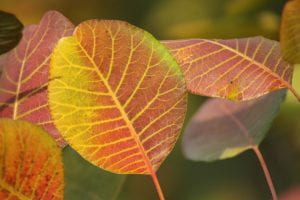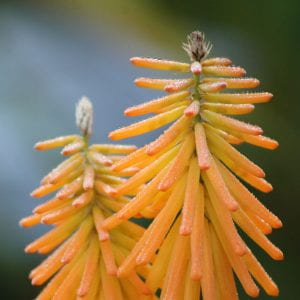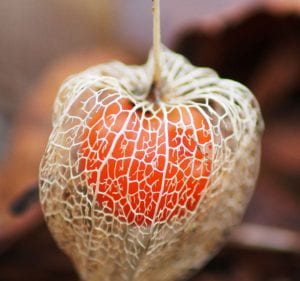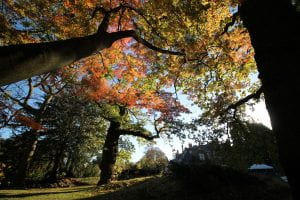By Andy Winfield
 I love this time of year, it may be my favourite time of year although, I do say that in spring… and summer, winter would be stretching it though. Autumn is a cosy summer shutdown, the reservoirs fill up, the trees wind up for the year with fiery leaves falling with the raindrops and as other birds quieten down, robins and crows are the loudest singers in the Garden. The sun is lower in the sky, and when it does emerge it works in partnership with the plants that start to flower now.
I love this time of year, it may be my favourite time of year although, I do say that in spring… and summer, winter would be stretching it though. Autumn is a cosy summer shutdown, the reservoirs fill up, the trees wind up for the year with fiery leaves falling with the raindrops and as other birds quieten down, robins and crows are the loudest singers in the Garden. The sun is lower in the sky, and when it does emerge it works in partnership with the plants that start to flower now.

There are a surprising amount of plants that flower at this time of year in the Garden; the autumn daffodil, Sternbergia lutea and autumn crocus, Crocus speciosus, from the European Mediterranean regions dot the borders. The Guernsey lily, Nerine bowdenii, which is neither a lily or from any of the Channel Islands, is punchy pink firework show in the South African display; it is said that a Japanese ship was wrecked on the coast of Guernsey in the 17th century spilling its cargo of Nerine in the process. These bulbs then naturalised and that is how they became known as the Guernsey lily.

Kniphofia galpinii is an understated plant, not as red or hot as other Kniphofias; more like a candle flickering in the halflight than the abrupt forcefulness of its relatives. Autumn and this plant work in perfect union to give a beauty that is symbolic of the time of year, an end of the day feel even in the morning. It is in flower right now, just as it was this time last year and the year before; you can set your calendar by it. This reliability in plants is particularly reassuring in these unreliable times; I know that next year at the same time it will be in flower again regardless of what is going on in the crazy human world around it.

This is also a time of berries. Seeing a hawthorn berry with a drip of water clinging on is evocative of this time of year for me. Native rose hips, blackthorn, our own Bristol whitebeam are interspersed with more unusual international fruits; the purple Callicarpa from China, South American Fucshias with hanging ‘drupes’ and Physalis alkekengi from throughout Asia keeps its fruit in a cage in autumn and winter.
 Of course, autumn wouldn’t be autumn without leaf colour; trees slow down the verdant process of photosynthesis, and hand the leaf over to the remaining, previously hidden, colour pigments. This is how we finish each year, a blaze of tree colour, a dotting of damp berries and isolated flushes of flower amongst a backdrop of plant life bedding down until winter is over. Except that is, for those plants that come into their own over the darkest days of the year.
Of course, autumn wouldn’t be autumn without leaf colour; trees slow down the verdant process of photosynthesis, and hand the leaf over to the remaining, previously hidden, colour pigments. This is how we finish each year, a blaze of tree colour, a dotting of damp berries and isolated flushes of flower amongst a backdrop of plant life bedding down until winter is over. Except that is, for those plants that come into their own over the darkest days of the year.
By Andy Winfield

